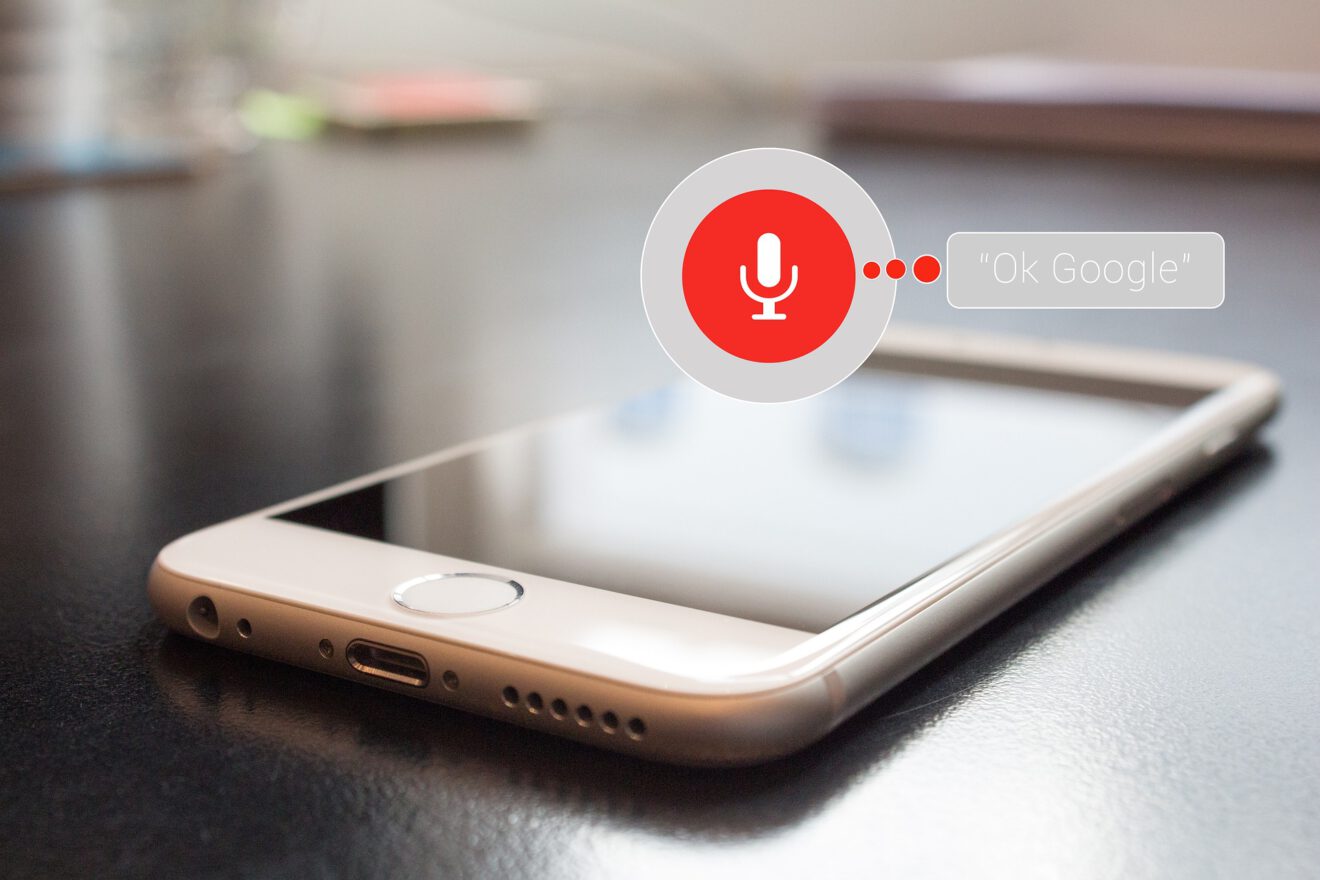The voice assistant landscape is rapidly evolving this year, with new products, features and studies unveiled every week. But until now, we haven’t seen new ad opportunities – just baked-in spots transposed from podcast and radio. Overlooked amidst the Mark Zuckerberg Facebook hearings on Capitol Hill, revealations from Google and Amazon in April showed these two tech giants are finally tip-toeing into unique ways for brands to integrate with Alexa and Google Assistant.
It’s been a long road to get here. A year ago, a startup called VoiceLabs launched the first ad network for Alexa, rolling up 1,300 Skills (apps) and connecting them with brands like ESPN, Wendy’s and Progressive. The vision was to facilitate interactive ads, such as hyping up a basketball game happening that night and then asking if you’d like a reminder to tune in. If you said no, it would tell you where to find the highlights after the game. But Amazon responded by barring third party ads except in streaming media, like news briefings and podcasts, where we are already used to interruptive ads. And interactive ads were banned entirely, preventing advertisers from capitalizing on the biggest potential of voice assistants: enabling a brand to talk with you, not at you.
But Amazon was right to be protective of the user experience. A recent study found that only 38% of voice users are open to ads, even if they’re relevant. And over a hundred of those surveyed wrote “emotional and uncompromising” free-response statements like “No conditions — I’ll stop using voice search first.” Last year, when Google Home randomly informed users that Beauty & The Beast was now in theaters, it provoked instant backlash – even though Google said it wasn’t a paid ad. Creating a tolerable format for voice ads is especially crucial for Google, since the company relies on search advertising for most of its revenue – and voice is the future of search. ComScore estimates that by 2020, half of all searches will be requested via voice.
Now that Google has learned the hard way that voice marketing has to be targeted and useful, they’re working on new opportunities. According to CNBC, brands will be able to create how-to videos for Google Assistant to surface in response to questions, e.g. Johnson & Johnson can show how to bathe a baby. Similarly, Alexa will start suggesting Skills, including brand-made ones if they’re relevant. For example, if a user asks how to get coffee out of a shirt, Alexa could suggest the Tide Stain Remover Skill. Brands can also be mentioned as an example when asking users to clarify what they want, e.g. if you ask for toothpaste, Alexa says “Okay, I can look for a brand, like Colgate. What would you like?” Lastly, Google also tried voice-activated coupons: Saying or typing “spring into Target” gave users $15 off Target orders placed via Google Assistant, whether on the Home or Android phones. This is interesting as an example of a voice play that could be promoted via traditional media like print and OOH.
All four of these experiments have a common thread running through them: brands are only mentioned when the user has made a relevant request and the integration provides value. In short, voice advertising has to be pull, not push – at least for now. Brands should think carefully about how to make sure they’re pulling. It’s a newer muscle for many that are used to pushing out messaging, owning the narrative, and leaving it at that. Because they’re entering a more conversational space, they should think of voice more like they think about social media management. You have to earn engagement.
Morgan Kee is a strategist for Giant Spoon, based in New York. She
oversees qualitative and quantitative research projects for the agency
and keeps teams on the cutting edge of what’s happening in tech and the
implications for marketers.
If you enjoyed this article, sign up for SmartBrief’s free e-mail from the Interactive Advertising Bureau, among SmartBrief’s more than 200 industry-focused newsletters.
